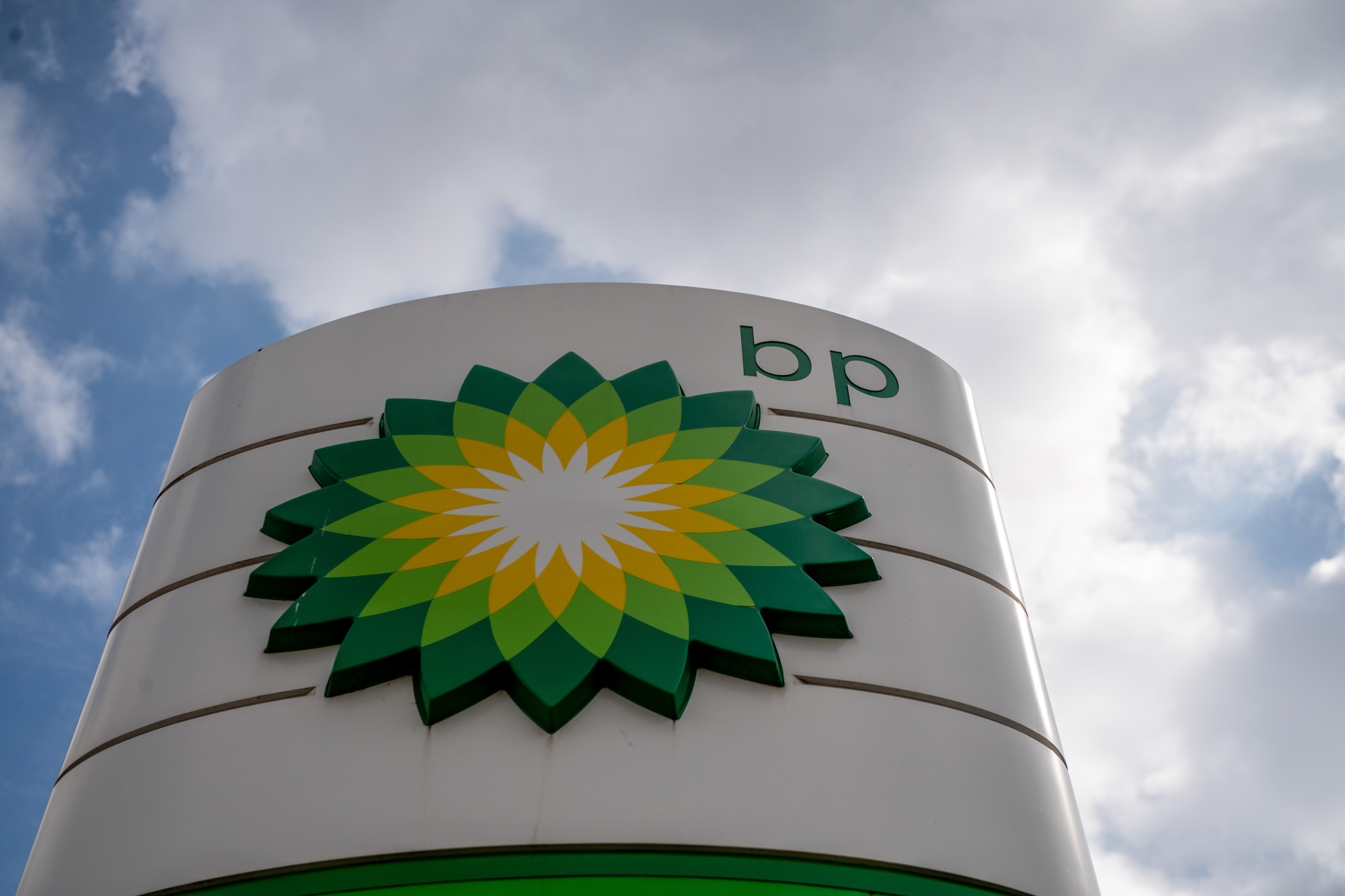BP Aims to Transform Carbon Into Cash With Limestone Play
Bloomberg
Jennifer A Dlouhy
February 23, 2023
CarbonFree and BP to collaborate deploying carbon-capture tech. Chemical process converts CO2 into chemical-grade limestone.
A plan to turn carbon dioxide into limestone — and sell it at a profit — is getting some high-profile backing as BP Plc signs a deal with a San Antonio chemical company that aims to transform greenhouse gas emissions from a liability to a commodity.
Under the arrangement announced Thursday, BP and CarbonFree Chemicals Holdings LLC will collaborate to develop projects that use CarbonFree’s patented technology to convert carbon dioxide into precipitated calcium carbonate used as a filler in plastics and paper. Together, they will work to pitch industrial facilities, including BP’s industrial customers, on deploying the system.

Photographer: Chris J. Ratcliffe/Bloomberg
The collaboration comes amid a surge of interest in carbon capture, utilization and storage projects that are seen as critical to arresting climate change by stifling greenhouse gas emissions from steelmakers, cement plants and other industrial operations. Though carbon capture ventures have been slow to commercialize, they recently got a big boost from expanded tax credits in last year’s sweeping climate law.
CarbonFree says its SkyCycle technology doesn’t actually need those incentives to sustain the work — though it did benefit earlier from $28 million in Energy Department grants and more than a decade of support from BP’s venture capital arm. And while a host of planned projects seek to pump captured carbon dioxide underground in a bid to boost oil production, the new collaboration isn’t fostering fossil fuels — nor does it rely on a slew of pipeline and wells that could take years to be permitted and built.
“The beauty of making the limestone next to the industrial emitter is you don’t need all those pipelines and wells, which is one of the challenges of CCS,” said CarbonFree Chief Executive Officer Martin Keighley. And without reliance on tax credits to turn a profit, the approach can lure backing from investors and project funders who “are always nervous” about the durability of federal policy supports, Keighley said.
BP does not intend to employ the SkyCycle process at its own refineries. However the oil major is considering adopting carbon capture at its Whiting refinery in Indiana and acting as a service provider for industrial emitters by helping them drill wells to inject the gas underground, Tomeka McLeod, BP’s vice president for US carbon capture and hydrogen, said in an interview last year.
BP and CarbonFree declined to disclose financial details and other terms of their agreement. The deal broadly aligns with BP’s goal of reaching net zero for all of its greenhouse gas emissions as well as those of its customers by mid-century, with plans to decline as much as 30% by the end of this decade. At the same time, the company said it has plans to boost oil and gas investments with an additional $8 billion of spending by 2030.
The CarbonFree process involves bubbling untreated gas from a facility’s smokestack through a column filled with magnesium hydroxide and eventually producing high-purity, chemical-grade limestone. Once the carbon dioxide is locked up inside that precipitated calcium carbonate, it can be sold as a carbon-negative product. By contrast, an estimated 1.35 tons of carbon dioxide are emitted in manufacturing a single ton of conventional PCC.
“As a specialty chemical plant, it runs with really good numbers in its own right,” Keighley said. “We’re not forsaking anything because we’re carbon capture.”

